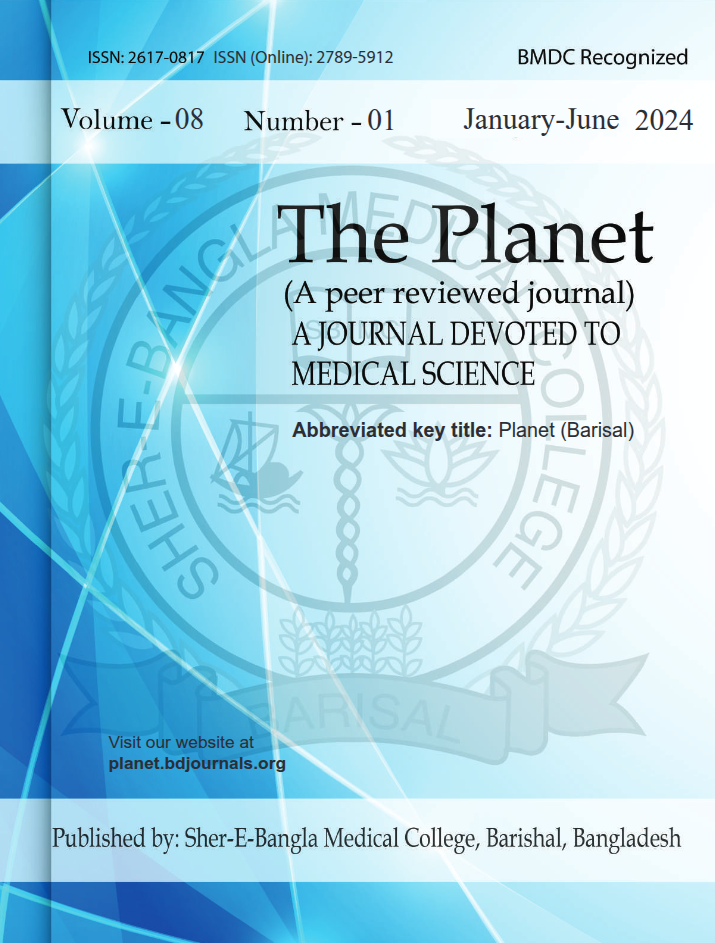Abstract
Background: Oral cavity lesions range from benign to malignant, with squamous cell carcinoma being the most common cancer. p16, a cyclin-dependent kinase inhibitor linked to HPV-related oncogenesis, has emerged as a useful marker for differentiating these lesions. This study evaluates p16 expression in benign, premalignant, and malignant oral lesions. Methods & Materials: This cross-sectional observational study was conducted in the Department of Pathology at Sir Salimullah Medical College, Dhaka, Bangladesh, from 2017 to 2019. A total of 60 patients presenting with clinically suspicious oral cavity lesions were enrolled. The chi-square test was applied to determine the association between histological diagnosis and p16 expression. A p-value of <0.05 was considered statistically significant. Result: In this study of 60 patients with oral cavity lesions, the majority (56.7%) were between 41–60 years of age, with a male predominance (male: female = 1.85:1). Histopathologically, 90% of the cases were malignant, most commonly well-differentiated squamous cell carcinoma (43.3%) and moderately differentiated squamous cell carcinoma (36.7%). p16 expression showed strong staining exclusively in malignant lesions—most notably in early invasive squamous cell carcinoma (100%), followed by well-differentiated (53.8%) and moderately differentiated squamous cell carcinoma (40.9%). Benign and premalignant lesions showed only weak to moderate staining. Conclusion: The differential expression of p16 across benign, premalignant, and malignant oral lesions underscores their value as adjunct diagnostic tools. Increased p16 expression correlates with higher grades of dysplasia and malignancy.

This work is licensed under a Creative Commons Attribution 4.0 International License.
Copyright (c) 2024 The Planet


 PDF
PDF